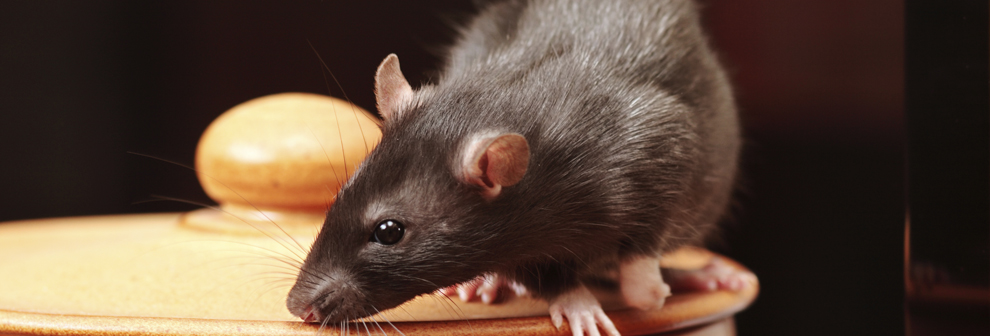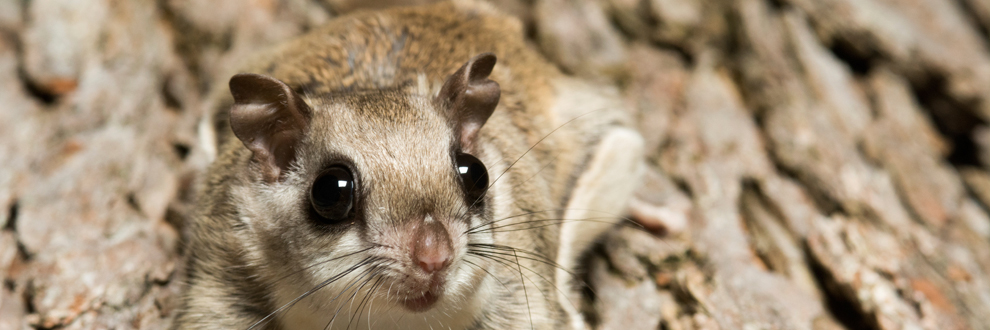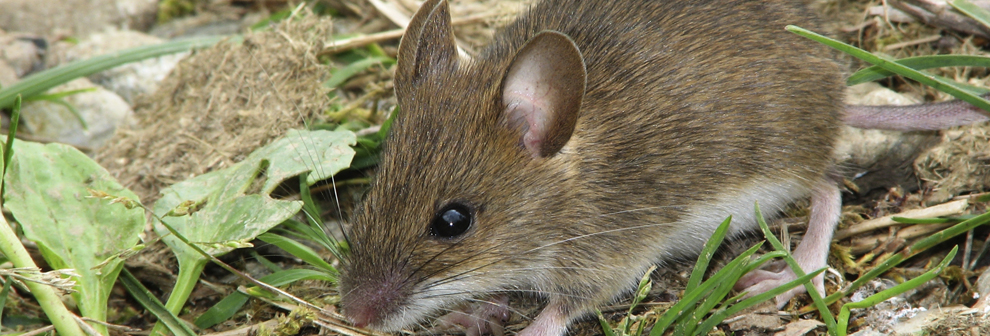For Ground Mole Removal first you need to identify and detect moles or (rodents) that can destroy your well manicured lawn and garden. There are several methods for removal of moles in Atlanta.
Identification
There are about 7 species of moles throughout the United States, the most common nuisance mole in Georgia is the Eastern mole. Ground Mole or Moles are mammals, people often misidentify mice and shrews for moles but most people can quickly identify the differences when seen side by side. Adult moles generally weigh between 3 to 4oz. and measure 6″ to 7″ in length, they have a pointed, hairless nose and large “flipper-like” feet. Ground Moles are solitary creatures living in underground seclusion, moles do not come to the surface unless by accident, they will quickly retreat when this occurs. Because moles have a high metabolism, they must constantly search for food, moles are insectivores with a diet consisting primarily of earthworms and grubs. Their quest for food is recognized as burrowing and tunneling in our yards, moles can tunnel up to 18 feet per hour! In metro Atlanta the average mole population density is approximately 1 to 3 moles per acre of land.
How, When and Why They Become a Nuisance Pest
Most greater Atlanta residence have never seen a mole, due to their subterranean behavior. Most of our clients notice active moles on their property when they see the raised surface tunnels that the moles create while they seek out grubs and earthworms. Moles are always active in Atlanta, however the surface tunnels are typically more noticeable from spring to late fall when the soil is warmer.
Damage They Cause
Moles will damage well manicured yards with their surface tunneling and mole hills. Mole hills are dirt from deeper tunnel excavation. This tunneling can cause unsightly results to well manicured lawns. If you have new sod moles and voles may damage or kill it. These activities can cause irreversible damage to plant’s root systems which may inhibit the ability for the plant or grass to get nutrients from the soil, causing the plant to die. Also, in Georgia we have a high vole population, a vole is a small rodent that resembles a mouse, voles like to enter into the mole tunnels and eat the roots of certain plants, causing the plants to die. Identifying the presence of voles can be done by locating dime sized holes at a mole tunnel, usually near plants with soft roots, like hostas.
Ground Mole Removal & Control in Atlanta, Georgia
Moles do have a preference of loose, moist soil abundant with their diet of grubs and earthworms. To prevent moles from taking up residence in your lawn one school of thought in the past has been compacting soil and reducing soil moisture can be a deterrent. That usually defeats the purpose as most of our clients pride themselves on a well-manicured lawn or spent thousands on a new sod installation. Continuously treating your property with a pesticide that is effective on subterranean insects could, in theory, help deter moles from your property but wouldn’t work fast enough to convince an active mole to leave. These preventative measures may not always work, Clients of ours with yards near the Chattahoochee River or other bodies of water seem to have more issues than any other areas so these treatment tactics might not work at all.
Through many years of experience Urban Wildlife Control trappers have found the only effective control of active moles is to use mechanical traps to catch the moles. There are hundreds of home remedies for ground mole removal on the internet and mole deterrents on the market today that don’t work. Every single device or trick you can think of we have seen in action, sometimes customers say “it did work” yet we are out there trapping for them. Some of the remedies we have seen in action were chewing gum and razor blades or grain based “rodent poison” all the way up to high dollar ultrasonic devices and repellant sprays that do not work. As mentioned above, ground moles are insectivores, this is why any grain based poisons on the market will not work. The time and money spent on these gimmicks could be spent on an effective solution to a current mole problem.
To effectively trap moles Urban Wildlife Control first identifies “main runs” and burrows. After a mole’s most active tunnels are identified an effective mole trap must be set correctly in or around the active main tunnel to trap the mole, of course this is all dependent on the type of trap used. There are many traps on the market, most traps work well but come with a sharp learning curve and a need to understand how moles and mole traps work. Trapping is a learned skill that requires skills that may take years of learning to develop efficiency. We see customer’s traps set incorrectly all the time and notice that, if they had been correctly applied would’ve produced a catch. As far as where to place the trap, not all runs are used to trap moles, some runs a mole will create and never use again, it takes a keen eye and lots of experience to determine the spot with the highest chance of success. Adequate mole removal methods can be very laborious and time consuming. When done properly, mole trapping is the ONLY reliable way to eradicate active ground moles from ones lawn, property or garden.
Our services for ground mole removal Atlanta can be in high demand during Spring, Summer and fall. Once a client contracts Urban Wildlife Control we will come out to assess the situation and set the initial traps the same day. After that we will continually monitor and reposition the traps, as required. Unfortunately, moles are not always appreciated for the importance they play in the eco-system with their ability to control destructive grubs and insect larvae. Before attempting mole control or hiring a professional for mole removal to do so, make sure that the presence of the mole is truly unbearable.



